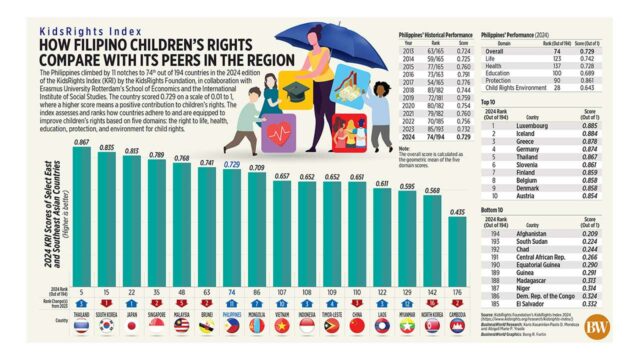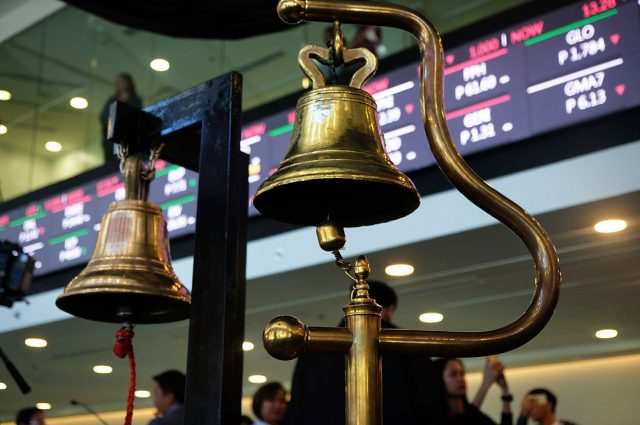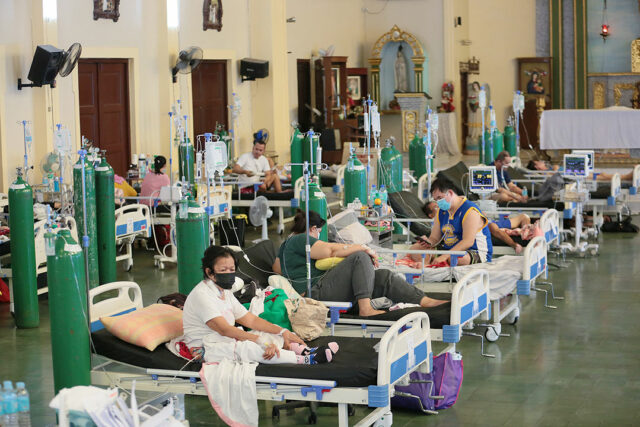A SPECIAL economic zone in Victoria, Tarlac that will specialize in pharmaceutical-industry locators is expected to attract P400 million worth of investments, according to the Philippine Economic Zone Authority (PEZA).
At a briefing on Wednesday, PEZA Director General Tereso O. Panga said that the developer of Victoria Industrial Park, which was proclaimed the country’s first pharmaceutical ecozone, will also expand its own ointments business within the zone.
“The developer is also in the pharmaceutical business; they are the owners of the Katinko Group. In fact, as we speak, they’re already undergoing construction of their manufacturing facility,” he said.
“And so with that, and as a result of our recent mission to India and the setting up by the Food and Drug Administration (FDA) of a laboratory in Victoria, Tarlac, we’re eyeing some locators; I cannot tell for sure how many,” he added.
Melissa Y. Yap, chief executive officer of Katinko manufacturer Greenstone Pharmaceutical, said that the company has a manufacturing plant up and running at the Victoria site.
The plant, spanning 2,000 square meters, supplements the manufacturing capacity of the company’s three facilities in Cavite.
“We are also looking into going global, to create a path for global brands made in the Philippines, and PEZA is enabling us to do that,” Ms. Yap said.
She said new facilities in the works will produce medicine, cosmetics, and home-care products.
“We are expanding our product lines, and since each kind of product requires a different system, we really want to build new plants to be able to create various kinds of products that we can share with the world,” she said.
“Usually for one factory, the investment is around P100 million to P200 million, depending on the machinery that we put in,” she said, adding that the new operations will launch within two years.
Mr. Panga said the investment promotion agency’s recent mission to India has resulted in investment commitments from Indian companies.
“We met with nine pharma companies, and they’re big in India. So far, five have expressed interest in exploring and putting up their own facilities,” Mr. Panga said.
The five companies were identified as USV Private Limited, Scimplifi, NephroPlus, Glenmark Pharmaceuticals, and Shilpa Medicare, which have established a trading presence in the Philippines.
He said NephroPlus, which has the backing of the World Health Organization, is furthest along on its plans to put up dialysis centers in the Philippines.
“They are planning to put up 200 dialysis centers, and we asked them to locate inside economic zones (which are) quite proximate to city centers, for which they’ll be investing, I think, close to P500 million,” he added.
In terms of jobs, Ms. Yap said that the company is planning to increase staffing to 1,000. The overall personnel target for all locators in the Victoria Industrial Park is 10,000.
“The goal for the Victoria Industrial Park is to really bring in labor-intensive factories and to really create viable alternative jobs for the farmers so they will have regular income in between planting and harvesting seasons,” she added.
Ms. Yap said that the park can accommodate 20 to 25 locators at a hectare each, with plans to expand by another 30 hectares.
Separately, Mr. Panga said PEZA is in talks with the Department of Labor and Employment and the IT and Business Process Association of the Philippines (IBPAP) to absorb any workers that will be displaced by the shutdown of Philippine Offshore Gaming Operators (POGOs).
“We have this big segment within IBPAP, which is into gaming, so we see complementary activities with the POGOs, because some of them are involved in software development and some are in backroom operations. I think they can easily migrate to the information technology (IT) sector,” he said.
He said POGO talent can readily be taken on by IBPAP given the bullish outlook for the industry. — Justine Irish D. Tabile















